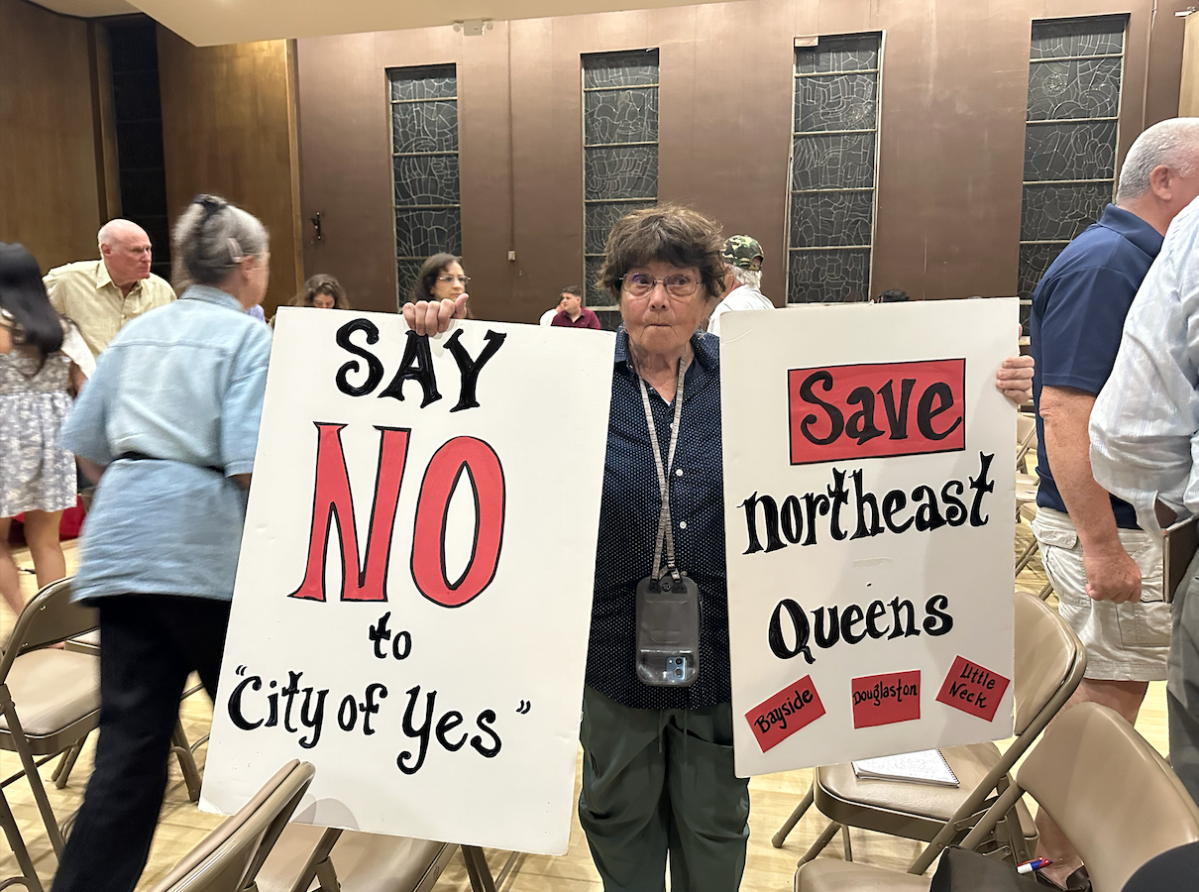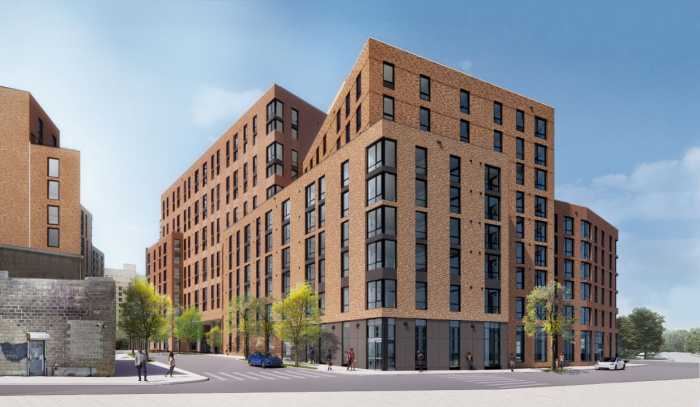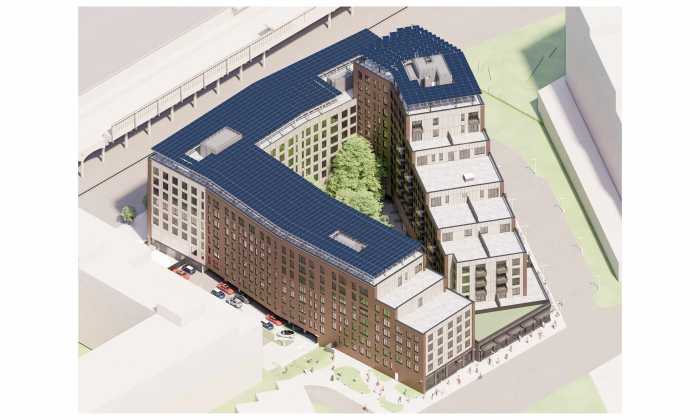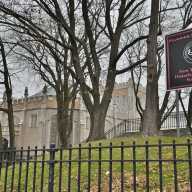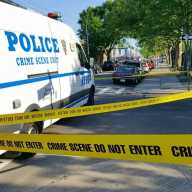Over 100 local residents packed out this month’s Community Board 11 meeting in Bayside to voice their opposition to the housing opportunity component of the City of Yes proposal, which seeks to pave the way for more housing by upending zoning laws.
The public meeting on Monday, June 3, came two weeks after the board’s Land Use Committee sat through a presentation from the Department of City Planning (DCP) on what the proposal would mean for northeastern Queens and the city at large. The committee unanimously voted against the plan, which many say is a broad-stroke proposal that does not take into account the city’s contrasting communities, which each have their own character.
On Monday, the full board voted on the proposal after the city planners from DCP and an independent city planner, who staunchly opposes the plan, made their cases to packed room. By the end of the meeting, only one board member voted in favor of the housing component of the plan. Earlier this year, the board also cast a nearly unanimous vote against the economic component of the City of Yes proposal.
Community Board 11, which encompasses neighborhoods such as Douglaston, Little Neck and Hollis Hills, has some of the city’s highest concentration of single-family zoning. However, the city is only 15% zoned to single-family homes as a whole.
Many residents in eastern Queens view the plan, designed to address the city’s housing and affordability crisis, as an assault on their way of life. They worry that their communities will become unrecognizable under the plan that emphasizes mixed-use developments and multi-unit properties centered around mass transit.

“I’m sure there are a lot of reasons why we have a housing crisis. I tell you that eastern Queens is not the cause of that,” said Roseann Henry, Treasurer of the Bellcourt Civic Association, when expressing her fear that the plan would make her neighborhood unrecognizable within the decade.
The area’s elected officials in the city council, who are set to vote on the plan in the fall, attended the meeting to support their constituents, who are overwhelmingly against the proposal.
“I don’t know any Democrat or Republican that is for the housing proposal,” said Council Member Linda Lee at the meeting. “However, the caveat is that we have to vote on it all or nothing. That’s why, to be honest, this is problematic.”
Council Member Vickie Paladino, who has also been vocal about her opposition to the plan since the mayor launched it two years ago, said, “To say there’s a bullseye on our back is an understatement” on Monday. She agrees that suburban areas of the city, like northeastern Queens, are being unfairly included in the plan.
Despite facing a room full of vocal residents in opposition to their proposal, two representatives from DCP delivered their presentation to the rest of the board and attendees.
They made their case for the proposal by pointing out that the city desperately needs new housing, particularly for young people starting out and older adults in retirement. They pointed out that the new housing that has been built in recent years is concentrated in just a few districts in the city when it should be more evenly distributed.
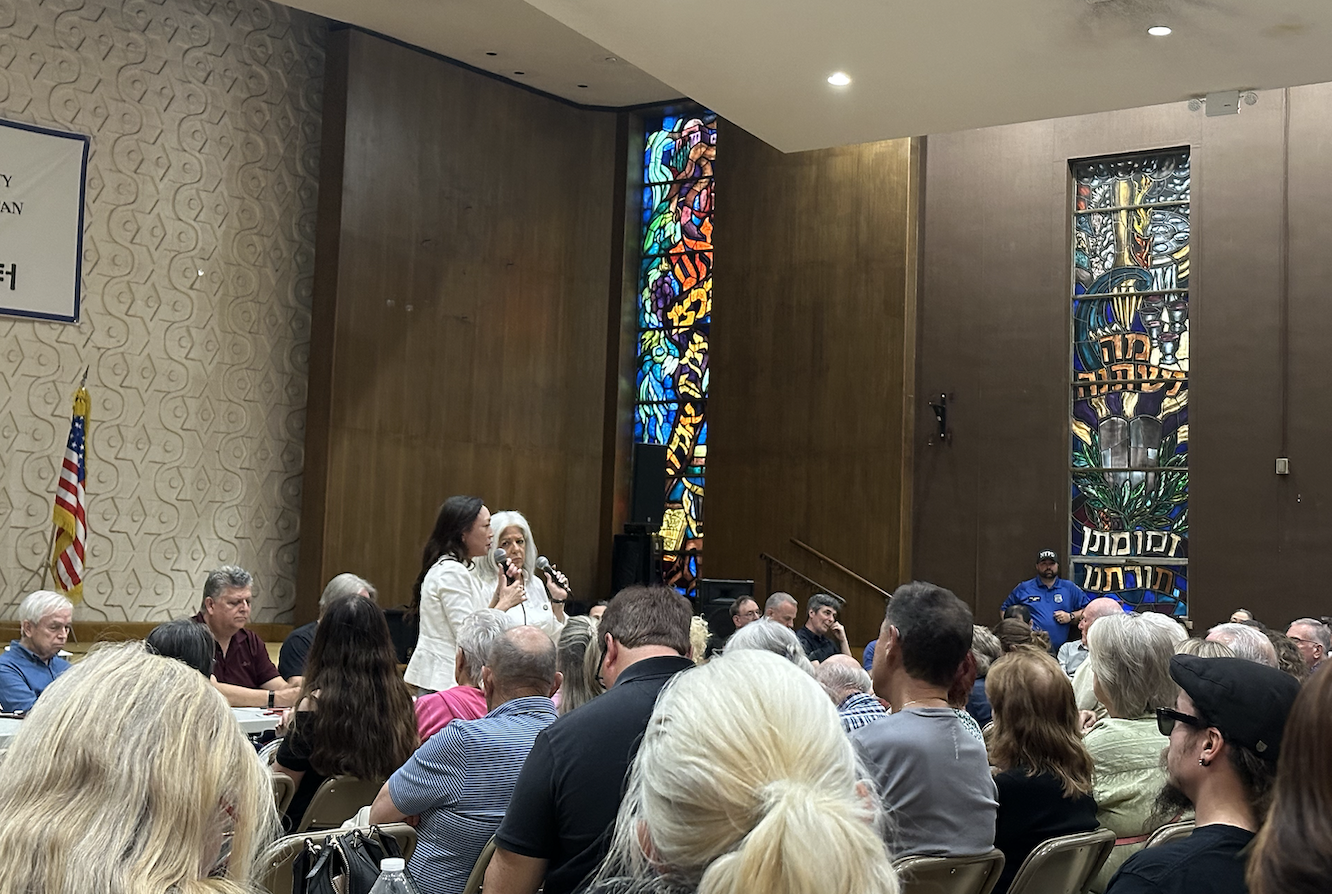
The city’s low apartment rental vacancy rate, particularly in Queens, is causing high demand and low affordability. In Queens, the vacancy rate is 0.8%, and across the city, it is not much higher, at just 1.4%, making securing a rental unit increasingly difficult.
“Before more restrictive zoning was put into place, it was very common to have a small apartment building on the corner and then have one or two family homes lining the block. Overly complex zoning rules make it almost impossible,” said Scott Solomon, the DCP liaison for CB11. “We want to peel back that restrictive zoning to allow for this kind of modest development.”
But Paul Graziano, a Flushing resident and independent city planner, has been making rounds at community board meetings and civic meetings across the borough to sound the alarm against the plan. He argues that the city’s housing proposal is anything but modest. He believes that if implemented, it will permanently change the look and feel of suburban enclaves in the outer boroughs.
One highly contested component of the plan is the allowance of accessory dwelling units (ADUs), such as backyard cottages and basement apartments.
While DCP says that allowing ADUs would give families more flexibility, create an opportunity to generate additional income and allow seniors to age in place, Graziano says they would have a disproportionate impact on density.
Even Council Member Lee pointed out that the mention of ADUs has become a “trigger word” when discussing the City of Yes.
However, the city planners pointed out that in Connecticut and Long Island, where ADU programs were implemented, only 1% of those living on eligible lots chose to build an additional unit. They believe that permitting homeowners to make that choice will not necessarily spur everyone into modifying their properties.
“If you enable it, it will happen,” Graziano countered, adding that he believes the city is lowballing the estimates about how many more units of housing will be added if the zoning laws change.
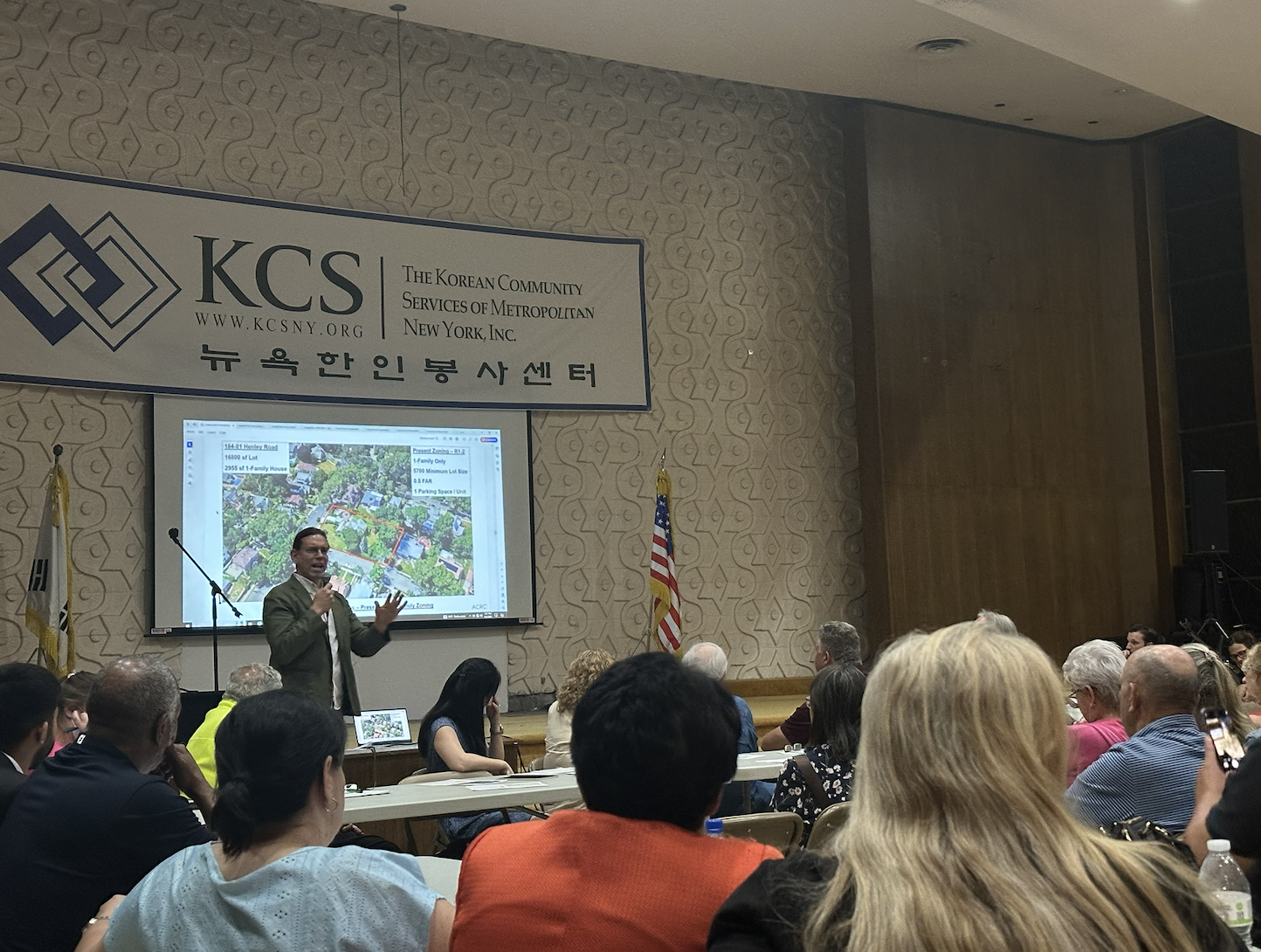
Throughout the meeting, several people expressed concern about the environmental impact of increasing density. They worry about overwhelming the current sewage system, which is already prone to flooding. They believe that more bathrooms and fewer lawns will exacerbate the street flooding they experience during heavy rainfall.
“I would say that the environmental review for this project is one of the most collaborative enterprises with the full range of city agencies that we’ve seen in my time in city planning,” said John Mangin, Director of the Housing Division at the NYC Department of City Planning, in response to infrastructure concerns.
Those in opposition also brought up the issue of parking, which the plan does not prioritize in favor of constructing new housing around mass transit. For the suburban community, which does not have access to a wide range of mass transit options like other regions of the city, that aspect is concerning.
One board member inquired about whether the significant number of vacant office buildings, particularly in Manhattan, were factored into the citywide vacancy rate. They are not. But DCP noted that those spaces are being considered in the City of Yes proposal.
“Enabling conversions from, say, vacant commercial buildings to residential is a good start in addressing some of the housing shortage. But that alone doesn’t completely solve the problem,” said Mangin.
The last major restructuring of the city’s zoning laws was in 1961, with the establishment of the zoning resolution. At the time, developers rushed to construct new apartment buildings before zoning restrictions put an end to the variety of structures a neighborhood could sustain.
Despite the city planners arguing that the neighborhood’s character will remain and that the development will equal just “a little more more housing in every neighborhood,” the community is not buying it. They plan to continue denouncing the proposal, as per the encouragement of their elected officials, to prevent the city council from passing it in the fall.
Councilwoman Paladino noted at the meeting that she is aware of nine other council members who are “definitely” voting no when the council will vote on the housing component of City of Yes this fall.
“We are a city made up of hundreds of unique neighborhoods. The City of Yes is a package of one size fits all. Each neighborhood and community should be respected for unique composition and concerns,” said Whitestone resident Yiatin Chu during the public input section at the meeting ahead of the board’s vote.
Even with the vocal opposition to the plan, some are encouraging the community to see the silver lining. One board member encouraged the room to think about how they will proceed if the plan does go into effect later this year.
“What if this does pass? What are we prepared to do in order to maintain our community,” inquired CB 11 board member David White. “Are we all going to come together and discuss solutions to make sure that the character and the values of this community remain intact?”
White noted that he appreciates the work that city planners put into the proposal to address the “very, very meaty” problem that is the housing crisis. And he hopes that city council members that the community elected will continue to come up with solutions that jointly address climate change and the struggle to secure affordable housing in the city.
He was not the only one who asked the room to think more broadly about the possible solutions that could come out of the community rallying together for a common cause.
“This is probably the administration’s biggest initiative. There’s a lot of leverage right now for communities, who are maybe feeling left behind infrastructurally, to get the administration’s attention, to get other agencies’ attention in order to make the types of improvements that we need in order to support the additional housing that we want to see,” pointed out Mangin.

